1st-4th
Ranked carbon- emitting states: CA, TX, LA, FL, all in the Ten Across region
Source State CO2 Emissions. U.S. Energy Information Administration, October 23, 2019.
The transition from fossil fuels to renewable and cleaner options is imperative, and no region of the country has a more central role in this change than Ten Across. The economic ecosystem built around the extraction and burning of fossil fuels must give way to alternative energy sources and a more thoughtful approach to the built environment.
Ranked carbon- emitting states: CA, TX, LA, FL, all in the Ten Across region
Source State CO2 Emissions. U.S. Energy Information Administration, October 23, 2019.
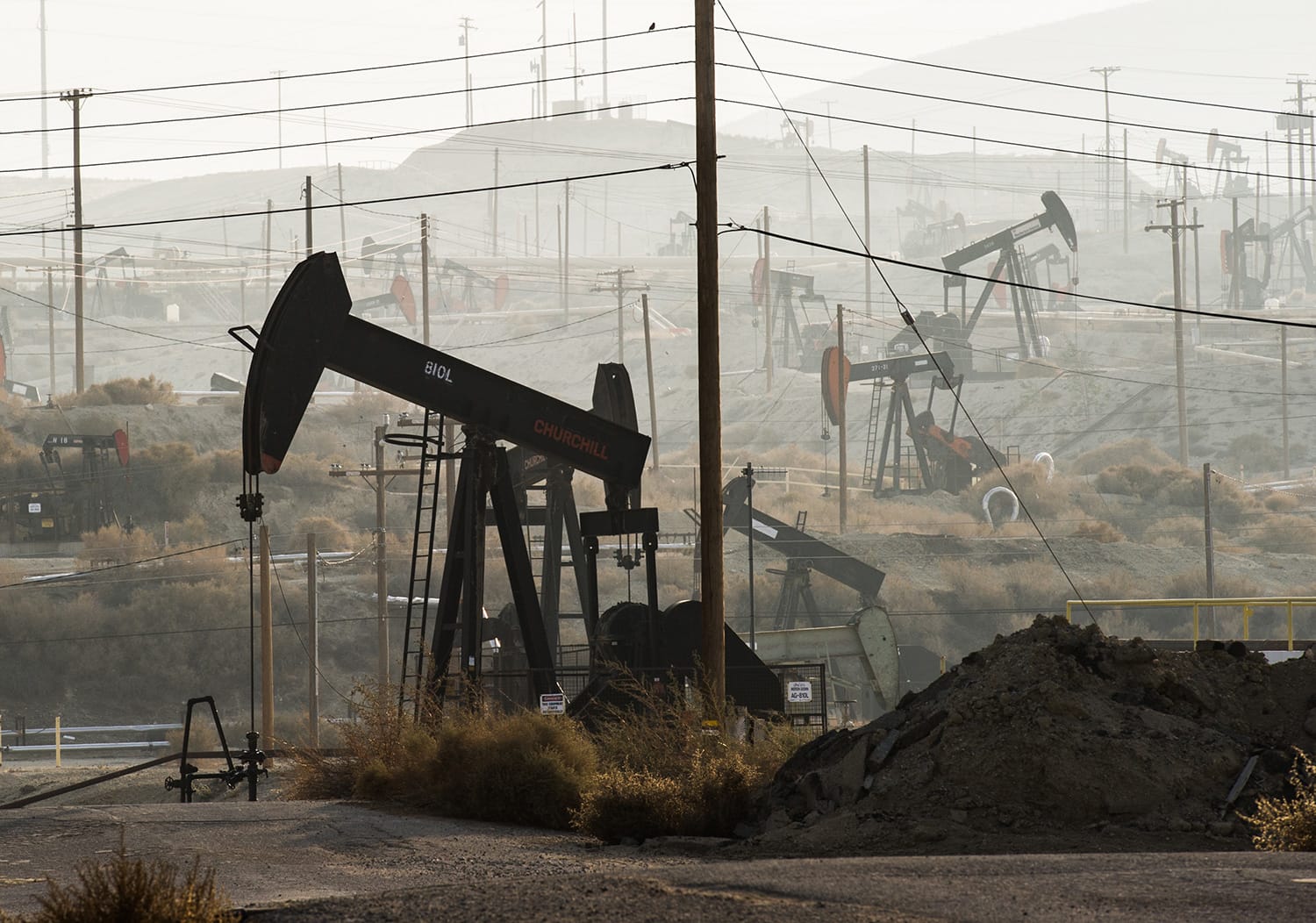
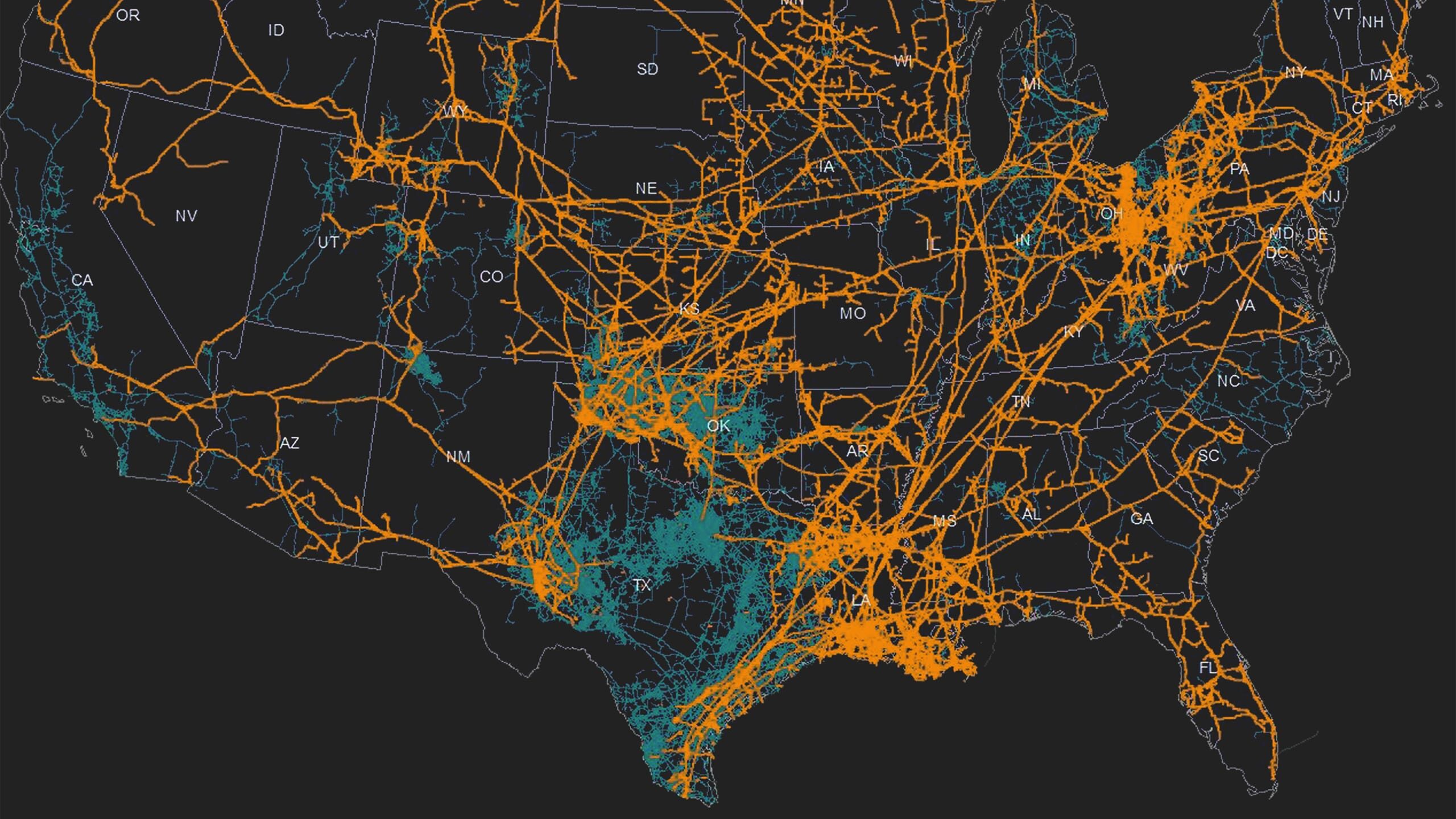
Ecosystem of infrastructure: The Gulf Coast represents >50% of U.S. refining and processing capacity—highly vulnerable to increasingly extreme weather events.
Combined miles of fossil energy pipelines in Gulf of Mexico
Energy Information Administration, Office of Oil & Gas, Natural Gas Division
The U.S. recently elevated its energy independence by becoming a net exporter of oil, in large part due to fracturing technology and the world’s top-producing oil field. The Permian Basin stands as a monument to the extraction economy, one based on discounting the future.
The Permian Basin Is Now The World’s Top Oil Producer. Forbes (Robert Rapier), Apr. 5, 2019.
Square miles: the size of the Permian Basin
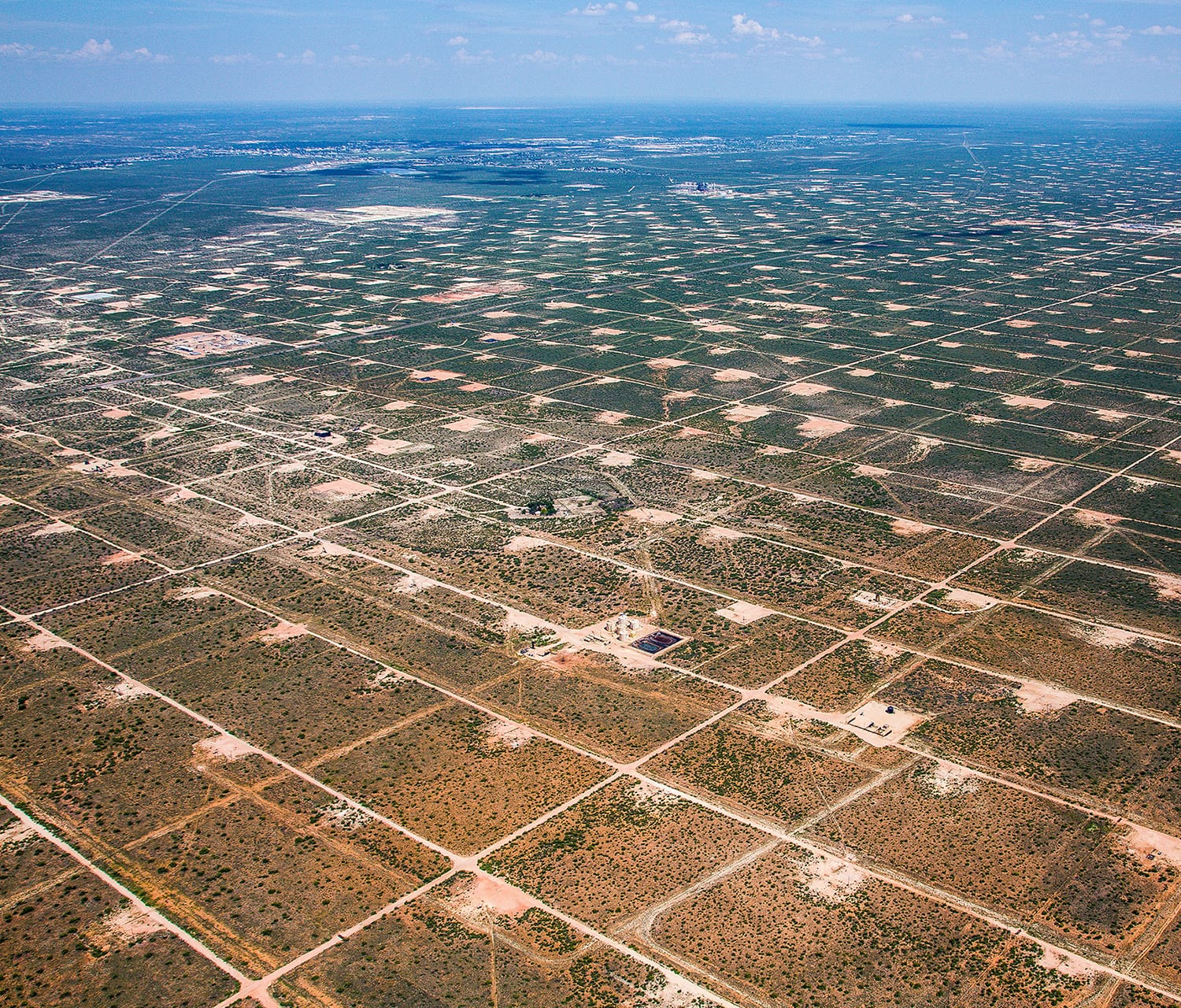
Photo: Paul V. Chaplo ©2020
The anticipated energy transition isn’t a distant goal – it is already here. Solar and wind power are now less expensive than fossil fuels in 2/3 of the world, a trend expected to be universal by 2030.
Amount of newly installed U.S. renewable electricity generation in 2020
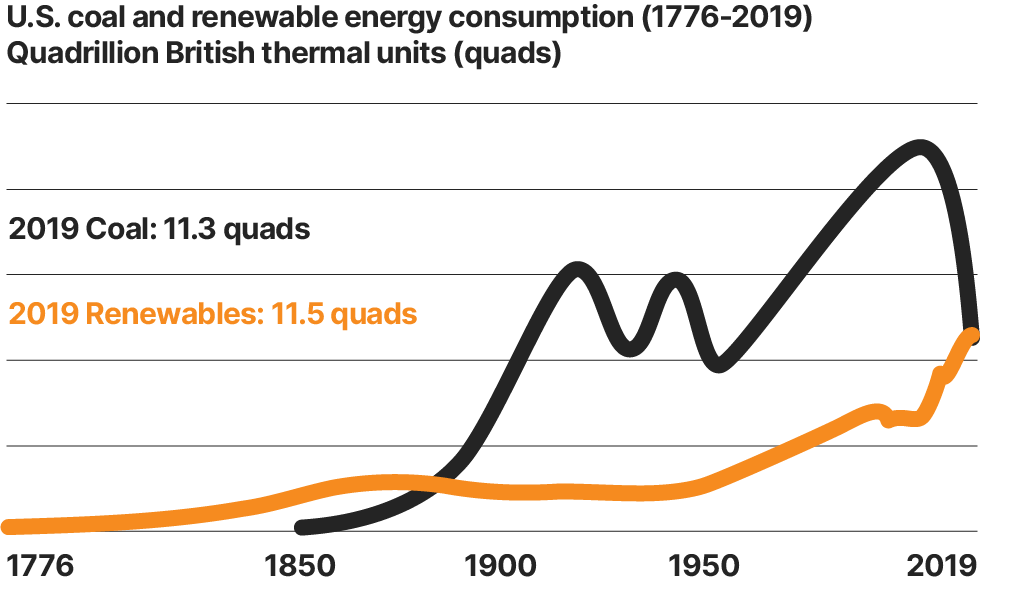
The Ten Across region, much of it synonymous with the oil and gas industry over the past century, is also the premier location for alternative energy sources including solar, wind, and geothermal.
Acres of solar power farms needed to supply next 100 million Americans
Source The 2100 Project: An Atlas for the Green New Deal. McHarg Center, University of Pennsylvania.
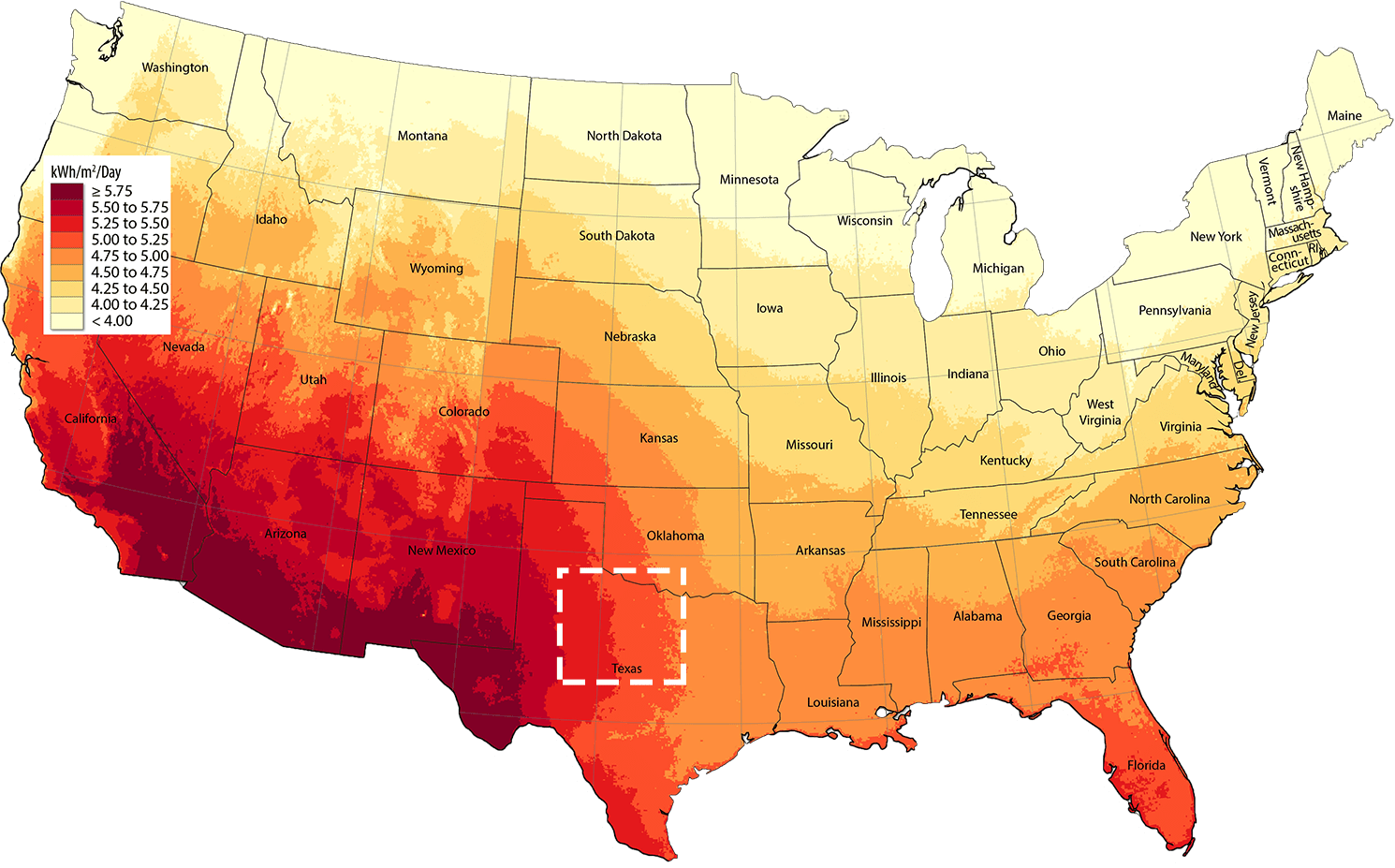
National Renewable Energy Laboratory, Billy J. Roberts, February 22, 2018